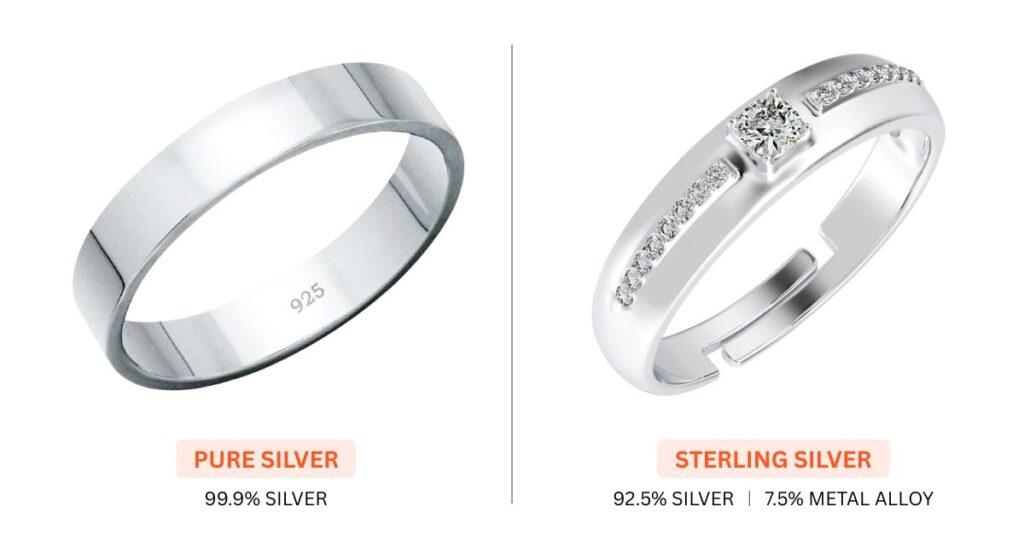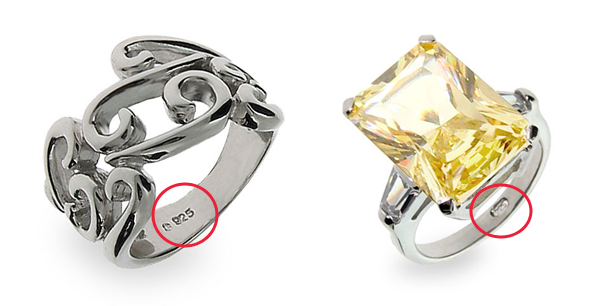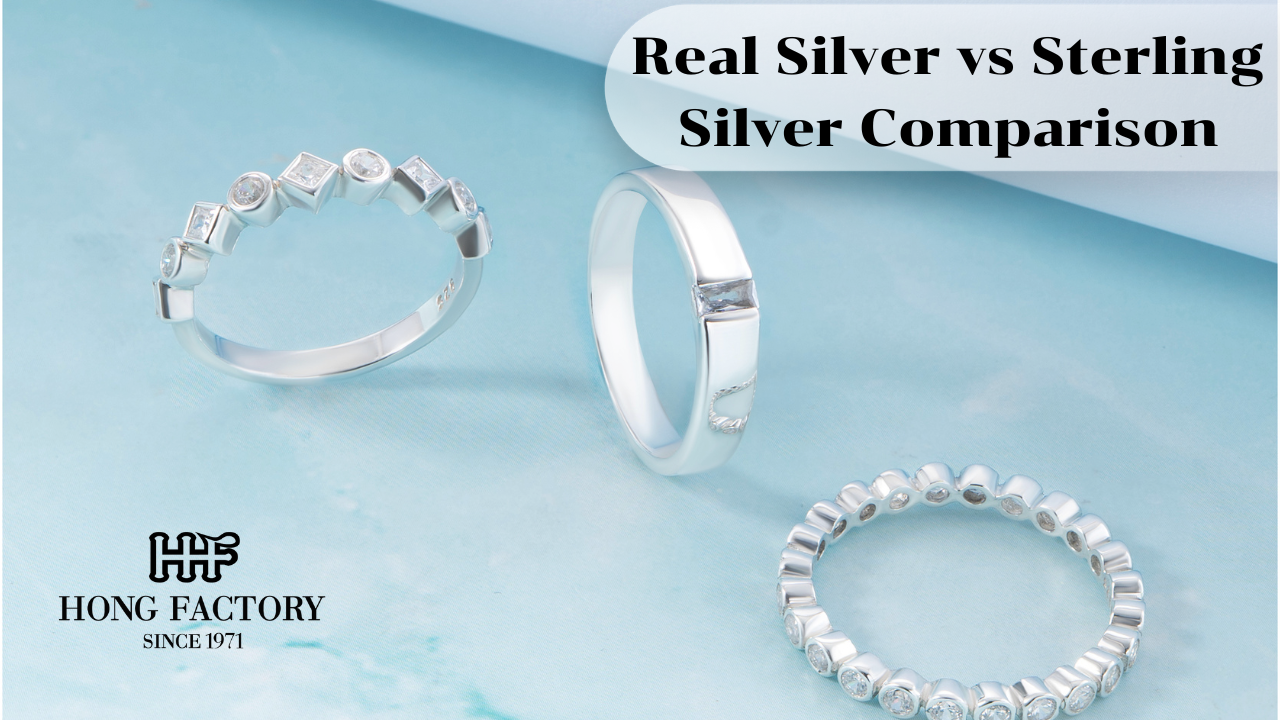Silver is a precious metal cherished for centuries for its beauty, symbolism, and value. However, many buyers get confused when distinguishing between real silver and sterling silver. Both terms are commonly used in the jewelry industry, but they do not mean exactly the same thing. Understanding the similarities and differences will help you make better purchasing decisions and appreciate the worth of your silver jewelry. Marcasite jewelry
What is Real Silver?

The term real silver refers to genuine silver containing a high percentage of the element silver (Ag). In its purest form, fine silver is .999, or 99.9% pure. This form of silver is soft and not very practical for making durable jewelry or utensils. However, it is considered authentic silver and is valued highly in terms of purity.
Real silver may refer to both fine silver and alloys that contain a substantial amount of silver. The key is that the item must contain genuine silver, not just a coating or plating.
What is Sterling Silver?
Sterling silver is the most popular and widely used type of silver in jewelry making. It consists of 92.5% silver and 7.5% other metals, usually copper. This balance provides durability and strength while maintaining the shiny, white luster that silver is known for.
Sterling silver is often marked with hallmarks such as “.925” or “Sterling.” Because of its strength and affordability, it is the industry standard for silver jewelry and tableware.
Real Silver vs. Sterling Silver: Key Comparisons
When comparing the two, there are some important factors to consider:
- Purity: Real silver (fine silver) is 99.9% pure, while sterling silver is 92.5% pure silver mixed with 7.5% other metals.
- Durability: Pure silver is soft and scratches easily, making it less suitable for everyday jewelry. Sterling silver is harder and more practical for daily wear.
- Appearance: Both have a brilliant white luster, but sterling silver may slightly differ in tone due to the copper content.
- Hallmarks: Fine silver is marked as “.999,” while sterling silver is marked “.925.”
- Value: Real silver has higher metal value because of its purity, but sterling silver is often more valuable for practical use in jewelry.
Why Sterling Silver is Popular

While real silver is highly pure, sterling silver is the preferred choice for most jewelers and consumers because:
- Strength: Sterling silver is more durable and can withstand daily wear.
- Affordability: It is more affordable than fine silver but still considered precious.
- Versatility: It is used in a wide range of jewelry, from rings to necklaces to bracelets.
- Timeless Appeal: Its shine and elegance make it suitable for both modern and traditional designs.
Identifying Real Silver and Sterling Silver
To identify whether your jewelry is real silver or sterling silver:
- Check Hallmarks: Look for .999 for fine silver or .925 for sterling silver.
- Examine Durability: Sterling silver is less prone to bending and scratching than pure silver.
- Seek Professional Testing: Jewelers can confirm authenticity with acid tests or electronic analysis.
Caring for Both Types
Both real silver and sterling silver require proper care:
- Avoid Chemicals: Remove jewelry before swimming, showering, or applying lotions.
- Store Properly: Use airtight containers or anti-tarnish pouches.
- Clean Regularly: Use a soft polishing cloth to maintain shine.
Sterling silver is more prone to tarnish because of the copper content, but it can be easily polished to restore its beauty.
Real silver and sterling silver both hold unique value. Real silver, or fine silver, offers purity and intrinsic worth, while sterling silver provides practicality, strength, and affordability. Knowing the differences allows you to choose the right type of silver jewelry for your needs whether you seek investment value, everyday wear, or timeless beauty.
